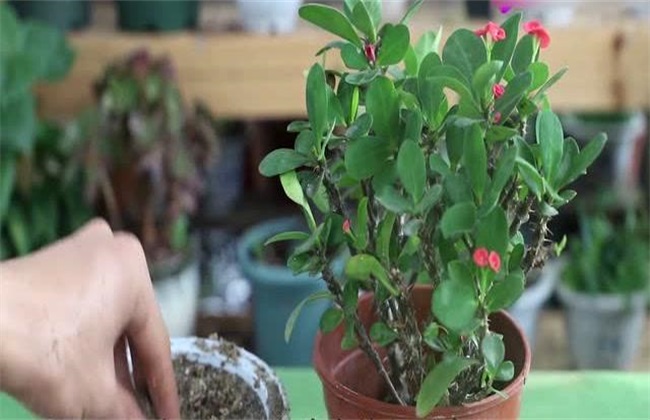Culture methods and matters needing attention of marigold
Marigold, also known as marigold, stinky hibiscus, is very beautiful after flowering, so it is deeply loved by people, and there are many people who raise it in life, but most of them do not know how to raise it. Let's take a look at the marigold culture methods and matters needing attention with the editor.

I. Culture methods
1. Soil
Marigold is not very strict on the soil requirements, loose and fertile, well-drained sandy soil can be, or 70% of the vegetable garden soil with 20% peat soil, plus a small amount of organic fertilizer and coarse sand mixed to prepare culture soil, this can ensure fertility, but also good permeability.
2. Temperature
Marigold is a kind of warm plant, the best growth temperature is 15-30 degrees, not higher than 30 degrees in summer, no less than 5 degrees in winter, otherwise it will affect its normal growth and development, low temperature will cause its overgrowth, high temperature will cause it not to blossom, so be sure to control the temperature.
3. Lighting
Marigold is a plant that likes the sun. In the process of breeding, it is necessary to ensure that it has sufficient light, and only sufficient light can make its flowers bloom brightly. Lack of light can easily cause its overgrowth and affect its flowering, but it should be shaded and cannot be exposed in summer.
4. Watering
Marigold should be watered frequently during the growing period, but should not be watered too much each time, keeping the soil dry and wet, and watering should be changed according to seasonal changes, such as high temperature in summer and autumn, watering in the morning and evening, and low temperature in winter and spring, watering at noon.
5. Fertilization
After the leaves of marigold seedlings grow, you can try to drive the diluted fertilizer once every other week, and apply liquid fertilizer every 10 days after the plant budding. Adequate basal fertilizer should be applied before planting, liquid fertilizer should be applied every other month during the peak growth period, and the application of nitrogen fertilizer should be controlled to prevent the plant from overgrowing and not blooming.
II. Points for attention
1. Pruning
Marigold should be heart-picked after transplanting, which can promote it to have more branches and blossoms. after flowering, it is necessary to prune the residual flowers in time and the branches and leaves that are too dense, so that the new branches can blossom more. When the branches grow stout, the marigold can be cut off from the stem and replanted.
2. Diseases and insect pests
Marigold diseases and insect pests watering, common are spot blight, blight, powdery mildew, aphids, leaf moths, must be timely treatment, the right medicine.
The above is the marigold culture methods and points for attention, hope to help you, want to know more related knowledge, please pay attention to us.
Related
- Fuxing push coffee new agricultural production and marketing class: lack of small-scale processing plants
- Jujube rice field leisure farm deep ploughing Yilan for five years to create a space for organic food and play
- Nongyu Farm-A trial of organic papaya for brave women with advanced technology
- Four points for attention in the prevention and control of diseases and insect pests of edible fungi
- How to add nutrient solution to Edible Fungi
- Is there any good way to control edible fungus mites?
- Open Inoculation Technology of Edible Fungi
- Is there any clever way to use fertilizer for edible fungus in winter?
- What agents are used to kill the pathogens of edible fungi in the mushroom shed?
- Rapid drying of Edible Fungi



